How to Grow Loofah Sponge |
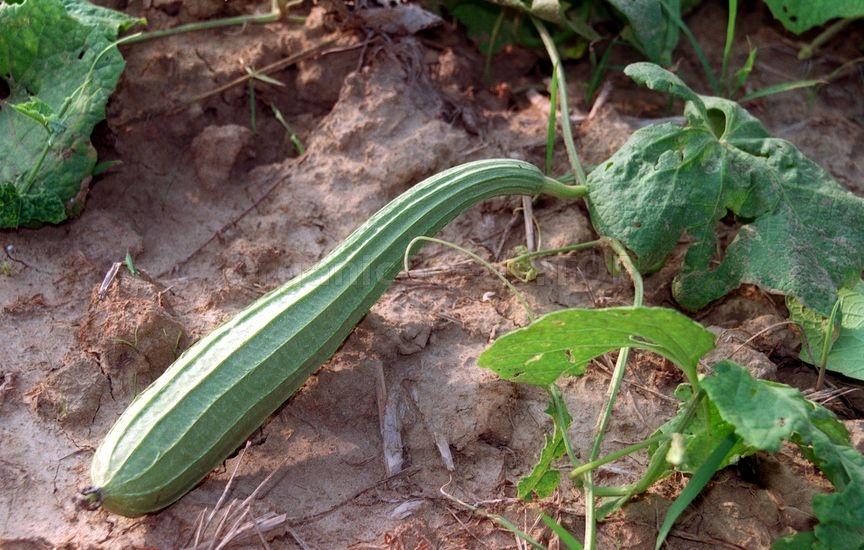 You’ve probably had or used a loofah sponge in your life, whether in the bath or for cleaning around the house. But did you know it was made from a vegetable? While much of the marketing of loofahs shows the sponge in a seaside setting, surrounded by seashells and the like, loofahs are not the remains of an oceanic creature (unlike sea sponges). They’re the fibrous flesh of the mature luffa gourd — and you can grow them in your home garden. Luffa, a.k.a. loofa or loofah, refers to two species of gourd: Luffa aegyptiaca (the angled luffa, ridged luffa, Chinese okra, or vegetable gourd) and L. acutangular a.k.a. L. cyclindrica (the smooth luffa, Egyptian luffa, dishrag gourd, or gourd loofa). Angled luffa has long ridges running the length of the fruit while smooth loofa has a rounder profile, with shallow creases running the length of the fruit. 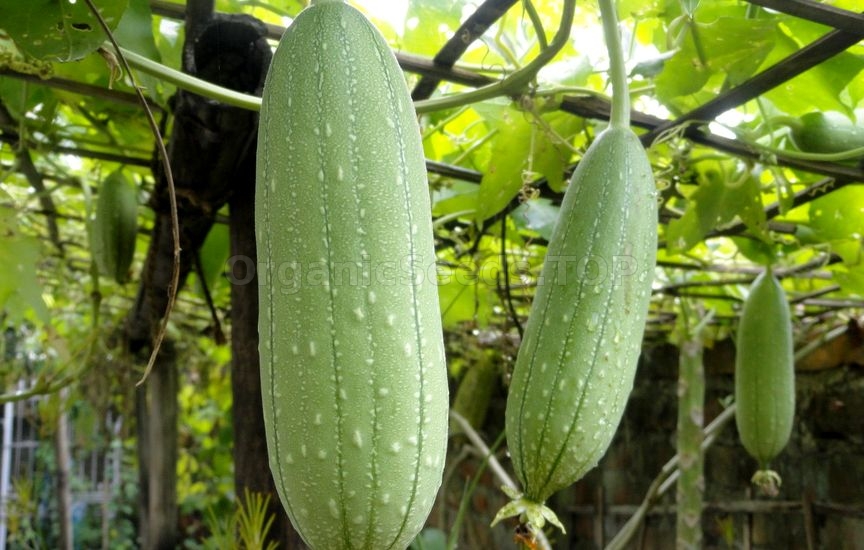 The species are used pretty much interchangeably and both are vigorous annual vines with showy yellow flowers. Luffas belong to the Cucurbitaceae or gourd family, along with their somewhat distant cousins squashes, watermelons, cucumbers, melons, and the hard-shelled gourds. In this country, luffas are usually grown for loofah sponges so the fruits are allowed to mature on the vine until they turn yellow or brownish, and then peeled to reveal the matrix of tough fibrous tissues inside that act as wonderful natural sponges. Luffa-derived sponges are tough on dirt but non-abrasive and perfect for washing your face, body, dishes, floor, or car. Crafters even use slices of the dried sponge in soaps to create pretty and useful all-in-one luffa soap rounds. But in many other parts of the world the flower buds, flowers, and very young fruit (which taste pretty much like summer squash) go in salads and other dishes. In your own garden, it's a wonderful way to use fruits that form too late to mature into sponges before frost hits. Planting Luffa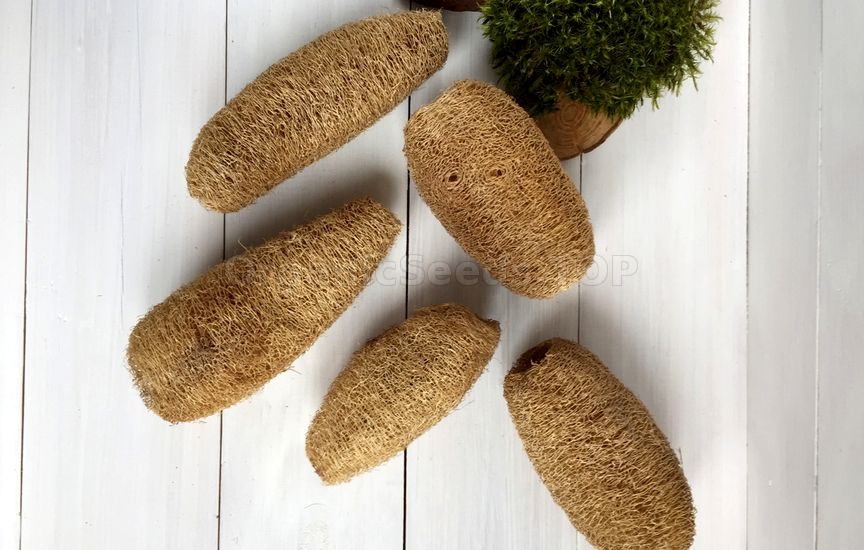 Luffas like full sun and a well-drained but moist soil, enriched with plenty of compost or well-rotted manure. They are grown like a winter squash or hard-shelled gourd and their long (30 feet isn’t unusual) vigorous vines need lots of room to roam or a sturdy trellis to clamber over.
Luffas need a long season to ripen (150 to 200 warm days) so in more northern areas of the country most gardeners start seeds in 5- or 6-inch pots inside a few weeks before planting time and then transplant them outdoors once the weather is warm and settled. Finding Luffa Seed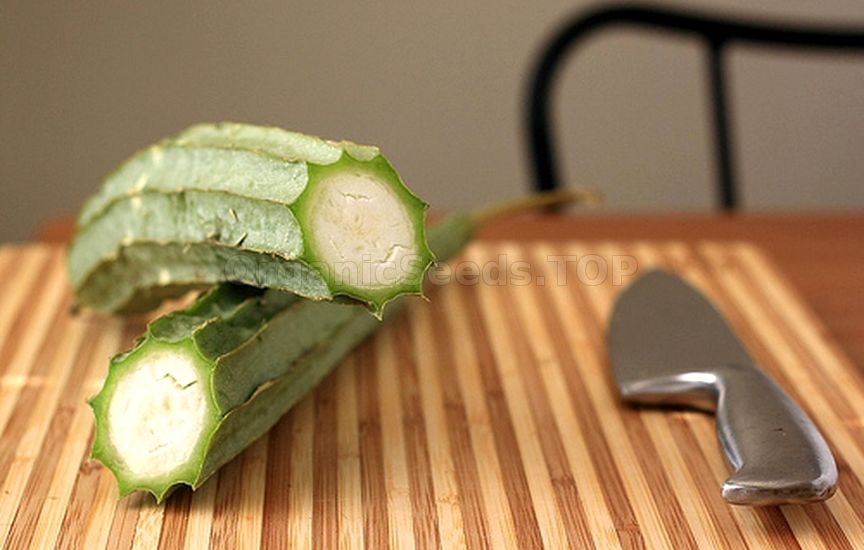 Your local nursery or garden center may carry luffa seeds, or you can order them online from places like Amazon, Burpee, or the Sustainable Seed Company. Kitazawa Seed Co. offers angled luffa cultivars and smooth luffa cultivars and Evergreen Seeds offers more than 10 different cultivars (some of each species)!
Harvesting Luffa for Sponges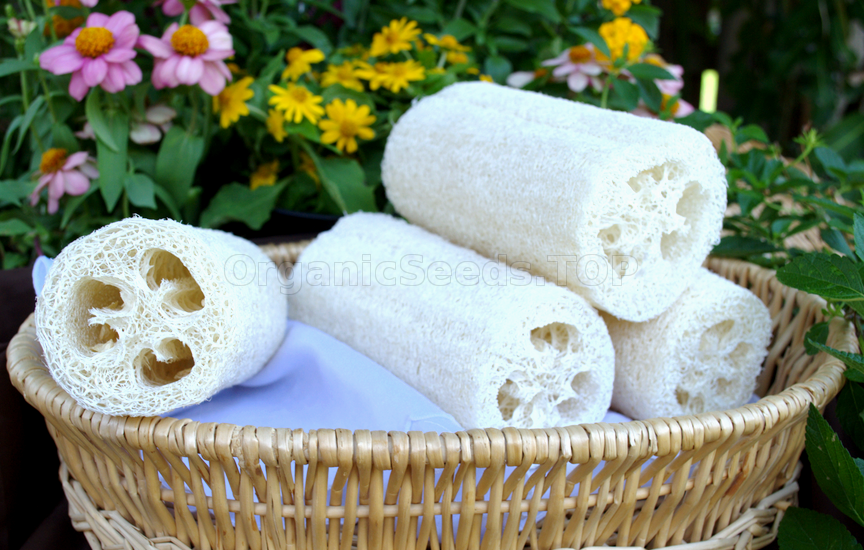 The very first fruits that appear on the vine should be allowed to mature into sponges. They're mature and ready to pick when the green skin has turned dark yellow or brown and starts to separate from the fiber inside, and the fruit feels lightweight. Leave fruit hanging on the vine as long as possible for maximum sponge fiber development, but be sure to pick and peel the fruit immediately if they get hit by frost. Fruit that doesn’t fully mature with enough tough fiber to make a good sponge are best tossed in the compost.
Peeling and Processing Luffa Sponges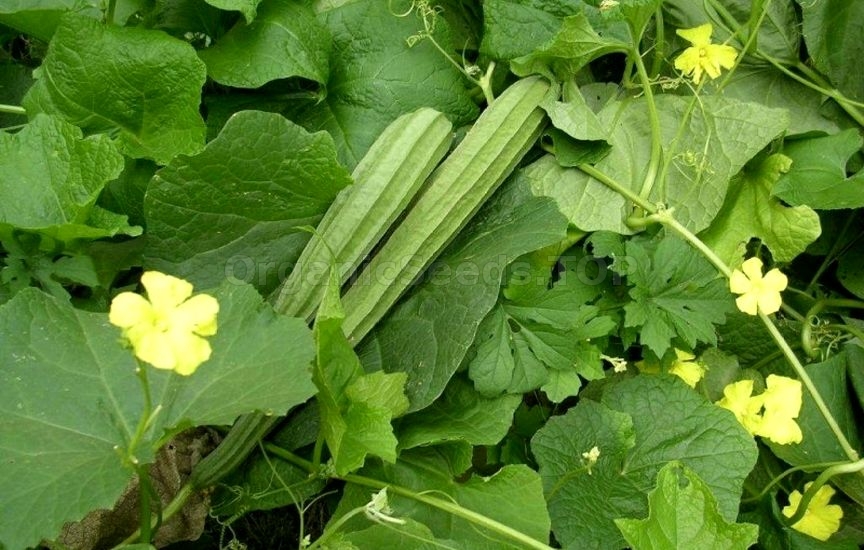 The first step to revealing your sponge is to peel off the tough outer skin. If it is already cracked you can pull it off in pieces. If it is intact, try squashing the fruit gently until cracks appear and then extending the cracks by squeezing the fruit and pulling at the torn edges of the skin with your thumbs. If the skin is very dry, soaking the fruit in water for a few minutes may make it easier to dislodge.
Once the skin has been removed, shake out the seeds (if they are plump, spread some on a paper towel and dry them at room temperature for a few days, and save them for planting next year). Then wash the sap out of the sponge with a strong jet of water or in a bucket of water with a little dishwashing soap. If there are dark spots, you can treat a sponge with a non-chlorine laundry bleach to get a more uniform tan color. Finally, dry the washed sponges in the sun, turning them frequently, until completely dry. Store in a cloth bag to prevent them from getting dusty and they will keep for years. Using Luffa Sponges You can use your luffa sponges whole, cut out flat sections from the outer layer for scrub pads, or cut them into crosswise slices to make smaller scrubbies (these can also be cast into bars of soap). In some areas, the dried fiber is also used to make filters, table mats, insoles, sandals, and other products.
Dermatologists recommend making sure that your luffa gets completely dry between uses and only using a luffa scrubby for three or four weeks before replacing it with a new one and tossing the old one in the compost. Alternatively, you can soak your favorite luffa in a diluted bleach solution once a week, to keep it from becoming a germ hotel. Harvesting Luffa for Eating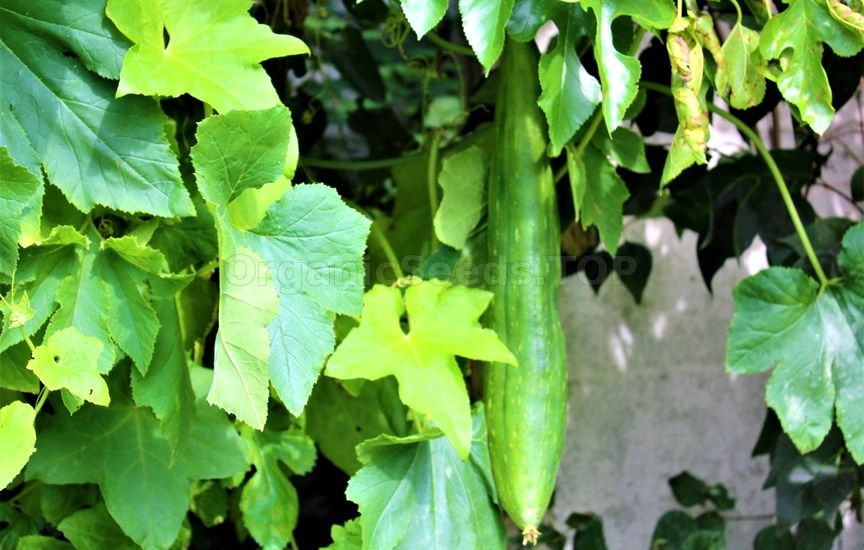 Luffa flower buds, flowers, and small green fruits can be picked (use a sharp knife or hand pruner if the stem doesn’t snap easily) and eaten. They resemble summer squash in flavor. This is a wonderful use for flowers or fruits that appear after mid-summer, as they will not have time to mature into sponges before frost hits. Flowers and very young fruit can be enjoyed raw, or sautéed in a little oil, sliced in a stir-fry, cooked in soup, stews, or curries, or breaded and fried. (Try them in place of squash blossoms, or in this simple recipe for stir-fried luffa with ginger from Grace Young.) They contain lots of vitamin A, manganese, potassium, copper, vitamins B5 and B6, and vitamin C, according to the USDA. You may need:«Thai Extra Long» - Organic Luffa Seeds«Jupiter» - Organic Luffa Seeds«Kitchen Towel» - Organic Luffa Seeds«Canton Pride» - Organic Luffa Seeds |
|
|
